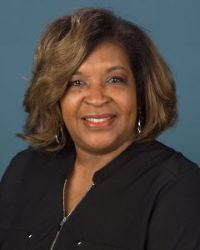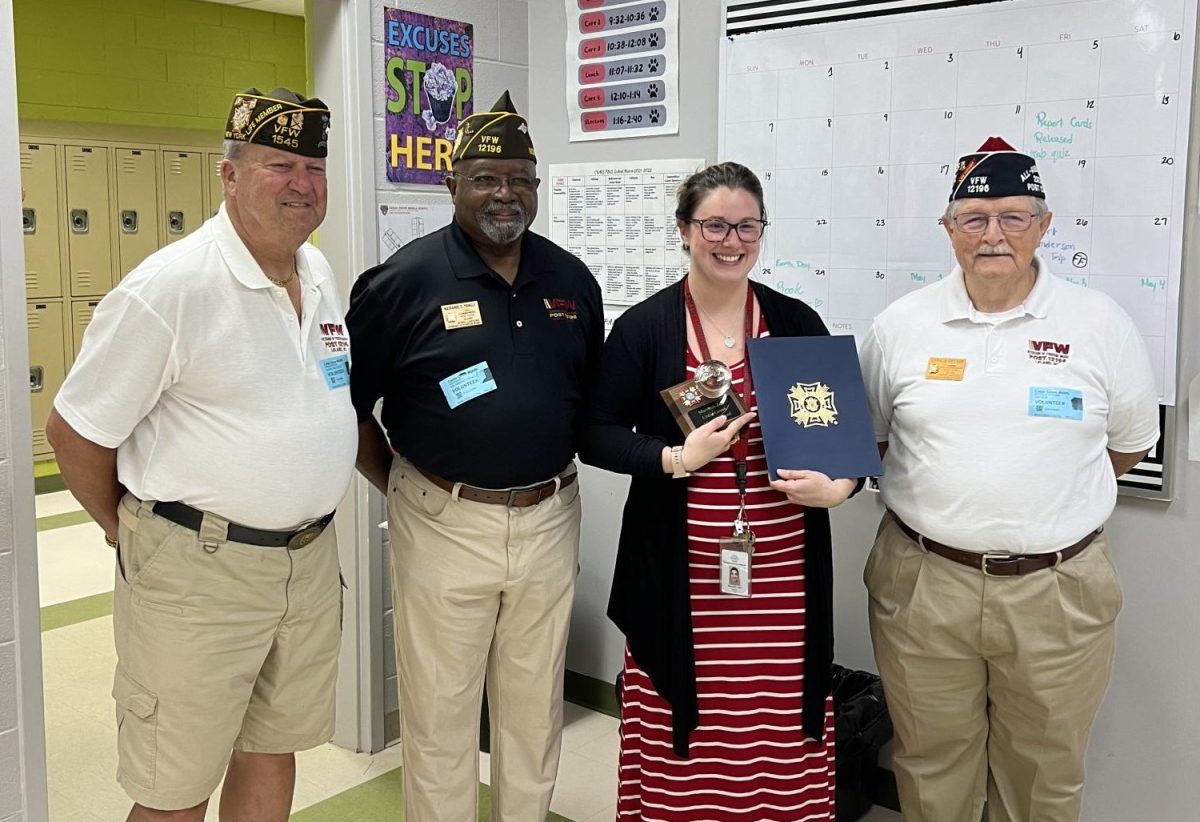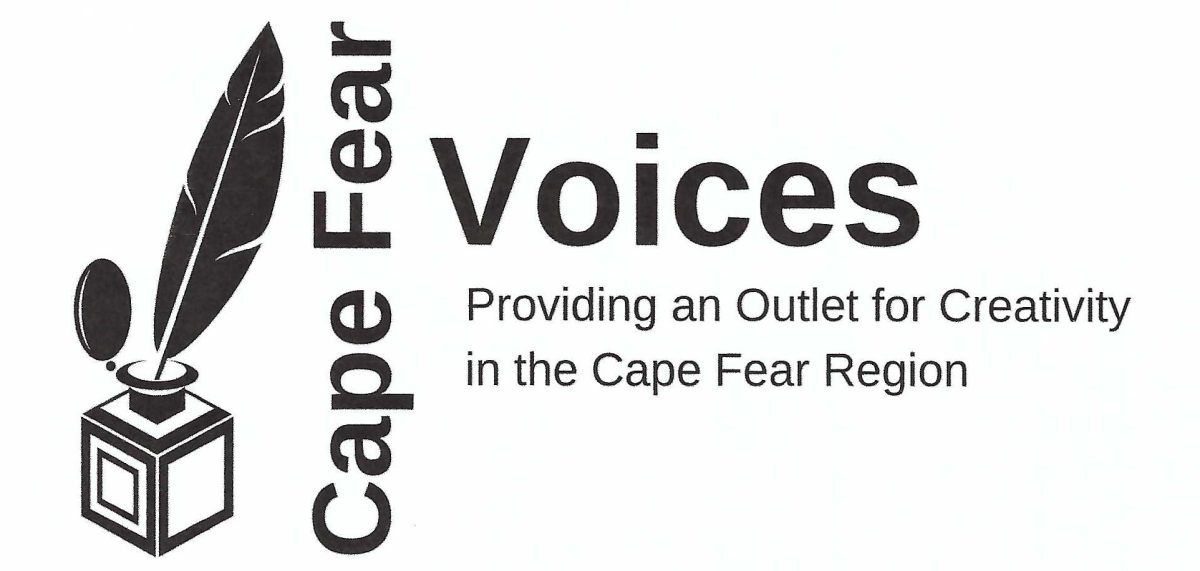
Linda Thompson, who became New Hanover County’s first Chief Officer of Diversity Equity & Inclusion (DEI) in 2020, opened her remarks at the “‘Our Stories: Brave Conversations on Race” Summit September 9th in Wilmington by noting that some unconscious biases come from negative experiences. “Conversations like we are having here today will help us overcome those biases, both explicit, those we know about, and implicit, those we don’t.”
Transportation, health services and food distribution are three key areas of focus for the DEI office. She said that they have made significant strides since 2020 because recommendations are based on an evidence-based approach to DEI issues. She noted however that DEI is currently under general attack in the media. “Whenever you mention equity, people run.”
She explained that there are 17 dimensions to diversity, and race is only one, yet when some groups hear ‘equity,’ “They think they are losing something.”
Equity is really about giving everyone a fair chance, she said. “We all want to ‘ride the bike.’ But we want to ride the right kind of bike…so everybody gets there, and we ride together. The goal in my office is to learn where is the inequity and how do we all get to where we want to go.”
After assuming her role in 2020, Thompson embarked on a 120-day assessment to find out: “Are the county’s policies fair? How do we give out and distribute services? How do we engage in our community?”
Thompson highlighted the evidence-based approach her office used to answer questions about equity in food distribution to various needy populations across the county. First, they used a heat-sensored map to show the general vicinity of individuals receiving some form of government benefit related to food, because they knew food benefits were about to be cut back. Then, they identified these neighborhoods and overlayed locations of local food stores and food banks.
The composite map showed that while many food banks are concentrated in the downtown Wilmington area and cover black communities well, there were neighborhoods in the outlying areas of the county that were being underserved. When her office examined the data further, they learned that these were primarily neighborhoods of older white residents, with many living without cars or ready access to transportation.
On the solution side, her office then mapped houses of worship in these areas and is beginning to work with some of them to set up new food distribution points.
Related content: ‘Our Stories: Brave Conversations on Race’ Hosts Summit







